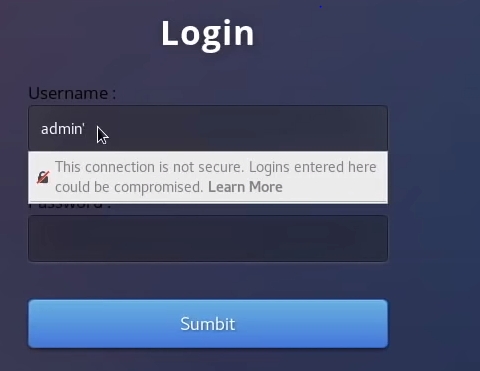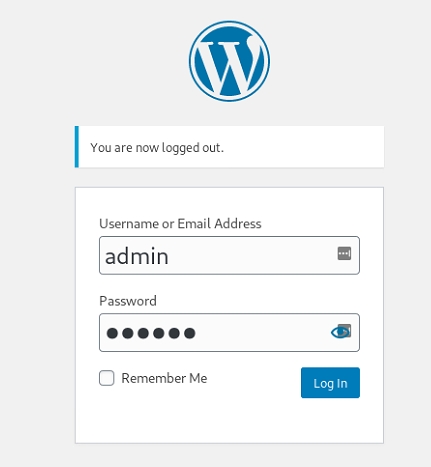Testing for SQL
Page currently under construction, pardon our dust
All credit goes to: https://guide.offsecnewbie.com/5-sql
Create an Error
If the server is being weird with sql like queries you might have found an injection point
Now you need to figure out how to inject data in the query without creating an error. To do so you first need to find how to escape from the current context:
Try these characters
[Nothing] ' " ` ') ") `) ')) ")) `))Then, you need to know how to fix the query so there isn't errors.
In order to fix the query you can input data so the previous query accept the new data, or you can just input your data and add a comment symbol add the end.
Note that if you can see error messages or you can spot differences when a query is working and when it's not this phase will be more easy.
CommentsMySQL #comment -- comment [Note the space after the double dash] /*comment*/ /*! MYSQL Special SQL */ PostgreSQL --comment /*comment*/ MSQL --comment /*comment*/ Oracle --comment SQLite --comment /*comment*/ HQL HQL does not support commentsSource for above paragraph: https://book.hacktricks.xyz/pentesting-web/sql-injection
3306 Remotely
If you have root access remotely like the example above you can get access to the user's wordpress password.

If you can not crack the password you can change it to something you know - in fact just change the pass to something you know eg
Identifying SQL Injection
Let's say that you have some site like this
Or a form like this

Now to test if it is vulnerable you add to the end of url ' (quote).
If you get an error like:
"You have an error in your SQL syntax; check the manual that corresponds to your MySQL server version for the right etc..." or something similar
That means its vulnerable !
Find the number of columns
To find number of columns you use statement ORDER BY (tells database how to order the result) so how to use it? Well just increment the number until you get an error.
That means that the database has 3 columns, cause you get an error on 4.
Check for UNION function
With union you can select more data in one SQL statement.
So you have:
If that doesn't work or you get some error, then try:
The dashes tells SQL not to process anything passed the 3, in the case above.
If you see some numbers on screen, i.e 1 or 2 or 3 then the UNION works!!
Check for MySQL version
Lets say that you have number 2 on the screen, now to check for version
You replace the number
2with@@version or version()and get something like4.1.33-logor5.0.45or similar.It should look like:
If you get an error:
You need the convert() function
Or with hex() and unhex()
And you will get the MySQL version
Generic Bypasses
Blacklist using keywords - bypass using uppercase/lowercase
Blacklist using keywords case insensitive - bypass using an equivalent operator
Getting table and column name
If the MySQL version is < 5 (i.e 4.1.33, 4.1.12...) you must guess the table and column names
Common table names are:
Common column names are:
For example:
If you see number 2 on the screen like before, then that's good, you know that there is a table called admin in the database. Else try another table name.
Now to check column names:
If you get an error, then try the other column name
You will hopefully see the password on the screen in hash or plain-text, it depends of how the database is set up. For example i.e md5 hash, mysql hash, sha1...
Now you must complete query to look nice for that you can use concat() function (it joins strings).
Note that I put 0x3a, its hex value for : (so 0x3a is hex value for colon)
There is another way to do that, char(58), ascii value for a colon
Now you get displayed username:password on screen, i.e admin:admin or admin:somehash when you have this, you can login like admin or some superuser :D if can't guess the right table name, you can always try mysql.user (default) it has user and password columns, so an example would be
Test number of columns and Watch for any Error
Test Injectable columns - Watch for visual Indicators (WAF filters)
Enumerate Information
Enumerate Database
Enumerate Tables
Enumerate Columns
Enumerate RAW Data
Confirm MYSQL version - If Returns true then end value is true
Test if subset works - If returns True then subset works
Test if subset works, test for mysql.user - If returns True then subset works
Injection
Adding Gaps between requests
MsSql blind exploitation
For numeric contexts (look for differences):
Once we found the injection, we can leak data from the DB by guessing one character at a time as follows:
If it is true, we know the db_name starts with 109(m).
Ask if the first character of the user is 'a':
Check if the admin table exists:
Finding number of columns using ORDER BY
We can use order by to sort the result by a given column number, if the column does not exist, we will get an error:
MySql UNION code execution
Joins the result of two queries
Two queries should return the same # of columns.
Data-types in columns of the select must be of the same orcompatible type.
Once you have the right number of columns (i.e. 3) you can find the mysql version:
mysql users:
If the result displays garbage from the first query, you can add a false condition to only show the union result AND 1=0 UNION...
Read files
Write files
Other payloads:
SQLMap
The best tool out there for automating SQLi
Can be used with Zap or Burp as a proxy, standalone, or fed a request from Zap or Burp
Useful Automation Flags
In order to not have to answer its prompts, append
--batchTo put sqlmap in easy mode append
--wizard
Opsec
sqlmap uses
sqlmapas its default user-agent, this is clearly not idea for anything that is not Hack The Box--mobileImitate smartphone through HTTP User-Agent header--random-agentUse randomly selected HTTP User-Agent header value--user-agent "Mozilla/5.0 (Windows NT 10.0; Win64; x64) AppleWebKit/537.36 (KHTML, like Gecko) Chrome/105.0.0.0 Safari/537.36"To use a specific user agentSqlmap also has a risk and level value to control the thoroughness of its tests
Standalone Version
Sqlmap will need to identify the injection points on the site
This will allow it to spider the page at a depth of two and attempt injection on any identified injection points
Sqlmap with Burp/Zap Request
Capture a request in which you provide input to the form box that you want tested in either zap or burp.
Save off that request with all the headers to your local attack box
Now feed that file into sqlmap
Authentication with Sqlmap
If you are able to login to a webserver via credentials or another means, and you want sqlmap to test parameters that are only accessible past the login page, you need to figure out how the application is conducting session management.
More often than not it is with a cookie
Capture ALL of the cookies in the request like this:

Now with your cookies in your clipboard buffer add them into your command
Enumerating the Databases with Sqlmap
Once sqlmap has identified a vulnerability, and you want to enumerate all the databases use:
--dbs
Enumerating the Tables in a Database
Once you are able to dump the database names with sqlmap, now enumerate the tables in your database of interest

Dumping a Database
However, say we want the tables out of the
sqlidatabase
Output should look something like this:

Dumping a Table
To dump a particular table from a database
File Read with SqlMap
To read a file on the remote system:
If successful, simply cat out the file stored now on your local system
User Password Dump
Sqlmap will automate the process of looking for users and passwords, across multiple databases
Using a Proxy with Sqlmap
Burp and Zap can both be used as a proxy for sqlmap requests
Set your foxy proxy or other extension to use zap to proxy requests
Start zap (should go without saying)
Proxy with burp request read
Now you can go through your zap history and see the exact requests sqlmap is making (will need to url decode in most cases

SQL Database Output Trick
When running sql commands from a shell sometimes the output from commands that rely on a table can get messed up. Below the output is normal but if you run the first command and your table is messed up, you can run the second command and get normal output
Last updated

